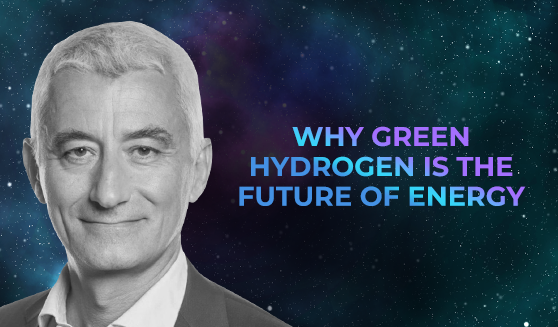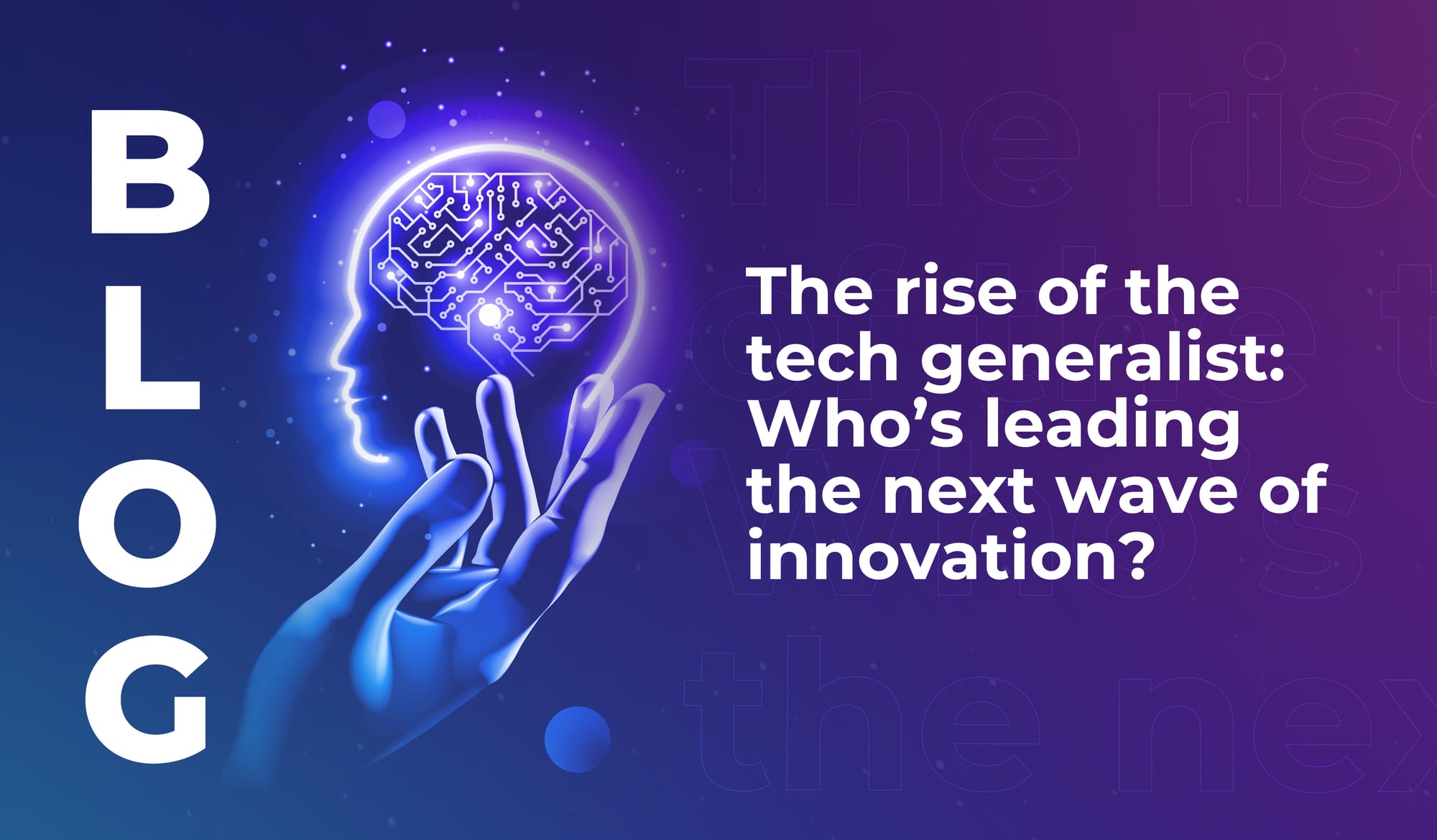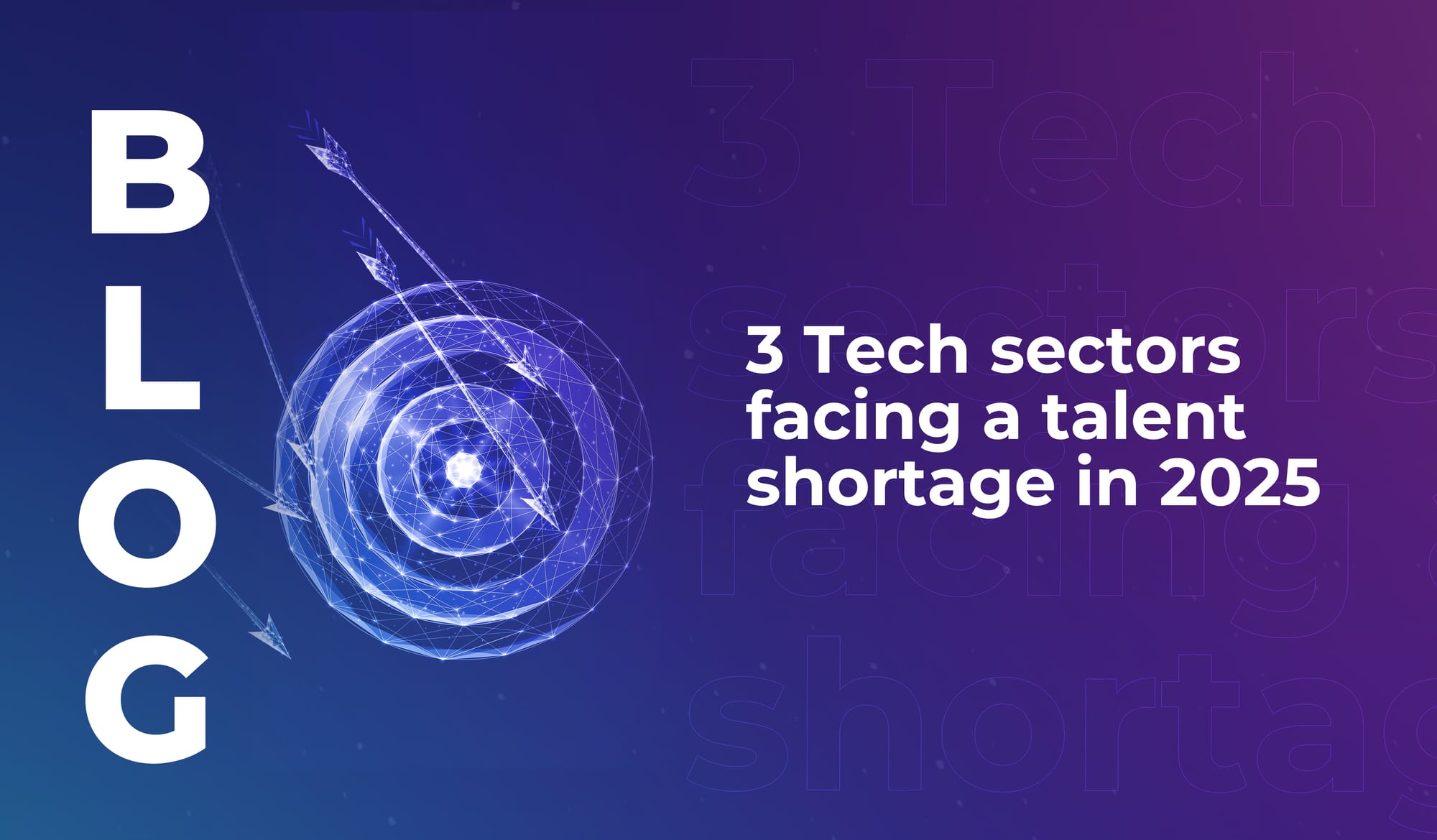
“I will tell you loud and clear: the time of green hydrogen has come, and it will take over the energy world with stunning speed.”
One of the key sectors we’ll focus on at LEAP 2023 is sustainable energy. We know that green energy is crucial to the future of our species in a rapidly warming world – and as a growing industry, it’s also central to economic growth for markets around the globe. Through its Vision 2030 and Green Initiative, Saudi Arabia is committed to growing sustainable energy infrastructure in the MENA region. And innovative companies in all corners of the globe are putting their weight behind the development and rollout of sustainable future energy sources.
One such energy source is green hydrogen; and green hydrogen pioneer Thierry Lepercq (Founder and President at HyDeal) is joining us at #LEAP23. His story is one of tenacity and success: in 2006 he launched a solar energy company called Solairedirect, with the conviction that photovoltaics (PV) would take less than a decade to become the cheapest energy source – in spite of the fact that in 2006, it was the most expensive.
By the time Solairedirect was acquired by energy giant Engie in 2015, it had built 3 GW of solar projects across four continents, and had reduced costs by 90% to less than $20/MWh in Mexico. Lepercq then joined the Executive Committee of Engie, leading Research, Technology and Innovation. There, he told us he “discovered the notion of energy systems and the core trilemma of energy security, affordability and decarbonisation.”
His research at Engie brought him to the conclusion that only green energy could solve the trilemma. So he went on to launch HyDeal – “with the ambition of developing the first mass-scale, offtaker-driven, unsubsidised green hydrogen company in Europe.”
We asked Lepercq for the lowdown on HyDeal’s progress in green hydrogen, and his perspective on energy futures.
Could you share the key milestones HyDeal has reached over the last 12 months?
“HyDeal España crossed a first key milestone in November 2021 with its incorporation as a joint venture between a solar developer, DH2 Energy; Spain’s natural gas TSO, Enagas; and two anchor off-takers, ArcelorMittal (steel) and Fertiberia (fertilisers) – thus covering the complete value green hydrogen value chain, from upstream to midstream and downstream.
“In May 2022 we signed contracts with three EPCs, Vinci Construction Tecnicas Reunidas and Power China Guizhou, aiming at the construction of the first leg of the project: 3.5 GW of solar and 2.5 GW of electrolyzers to be delivered by 2025.
“We crossed in September 2022 the threshold of 6,000 hectares of land secured for the installation of photovoltaics and electrolysis and launched the engineering phase for the first 300 km of hydrogen pipelines. We are currently finalising the negotiations for 5 Mt of off-take over 20 years, and have retained three major financial institutions to help us raise €3 billion of debt and equity by the end of next year.”
With hubs like HyDeal España, can green hydrogen compete with non-renewable energy sources in the global marketplace?
“The global energy crisis, driven by systematic and sustained underinvestment in upstream oil and gas since 2015, is a game changer: imbalances between supply and demand and very high prices for fossil fuels are here to stay.
“This means that, with an indexed sale price of around 2.5 €/kg (64 €/MWh), HyDeal España is in a position to offer its customers a ‘green discount’ of about 50% compared to the price of natural gas in Europe – without taking into account subsidies and accounting for the value of carbon.
“Who would say no to that? It is a radical market shift: we now see a tsunami of prospective clients lining up for our product in industry, energy and mobility. Energy market players will tell you: when it comes to commodities, the lowest cost providers end up capturing the market.”
Does the technology currently exist to roll this out at global scale – and if not, what are the key tech and/or infrastructure steps that need to be taken in order to make green hydrogen a viable energy source?
“The upstream and midstream technologies we are talking about are mature, bankable and entirely scalable: photovoltaics, (pressurised) alkaline electrolysis and pipeline transmission.
“Solar is by far the cheapest way of producing electricity globally today and the PV value chain (polysilicon, wafers, cells and modules) is just about to cross the 500 GW annual capacity threshold: no bottleneck here! The electrolyzer industry is now ramping up massively as was experienced by PV and batteries during the last decade.
“See for yourself: over the last two years engineering bureau DNV-GL has upped its global installation forecast of electrolyzers by 2030, from 20 GW to 465 GW.
“The other drastic ramp up happening is in pipelines: the European Hydrogen Backbone, which brings together 31 gas TSOs from 28 countries, calls for 28,000 km of hydrogen pipelines to be built in Europe by 2030, which is consistent with the EU’s objective of 20 Mt of green hydrogen consumption at that time (half of which imported). The next step is going to be the development of giant pipelines projects connecting very large scale production in the MENA region to offtakers in Europe. We are working on it.”
If you could go back in time ten years and tell your past self something you’ve learnt through your work since then – what would you say?
“I did not completely anticipate the current acceleration with the dual climate and energy crises, but I will tell you loud and clear: the time of green hydrogen has come, and it will take over the energy world with stunning speed.”
Thanks to Thierry Lepercq at HyDeal. Join us at #LEAP23 to learn more.








